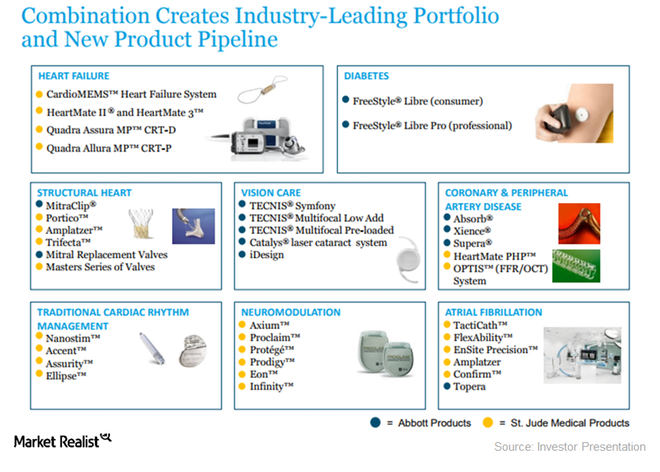
Maude Abbott and her sister, Alice Abbott. Based on the fenofibrate example, our objective is to describe how current policy can allow pharmaceutical companies to maintain market share using reformulations of branded medications, without demonstrating the superiority of next-generation products.Īn illness in the family: Dr. As soon as direct generic competition seemed likely at the new dose level, where substitution would be allowed, Abbott would launch another reformulation, and the cycle would repeat.

The small differences in dose of the newer branded formulations prevented their substitution with generics of older-generation products. Abbott Laboratories maintained its dominance of the fenofibrate market in part through a complex switching strategy involving the sequential launch of branded reformulations that had not been shown to be superior to the first-generation product and patent litigation that delayed the approval of generic formulations. This continued use of branded formulations, which cost twice as much as generic versions of fenofibrate, imposes an annual cost of approximately $700 million on the US health care system. The ongoing debate concerning the efficacy of fenofibrate has overshadowed an important aspect of the drug's history: Abbott Laboratories, the maker of branded fenofibrate, has produced several bioequivalent reformulations that dominate the market, although generic fenofibrate has been available for almost a decade. (clerical) were employed on-site at the Irving, Texas location of Abbott Laboratories, Diagnostics Division.Īvoidance of generic competition by Abbott Laboratories' fenofibrate franchise.ĭowning, Nicholas S Ross, Joseph S Jackevicius, Cynthia A Krumholz, Harlan M DEPARTMENT OF LABOR Employment and Training Administration Abbott Laboratories., applicable to workers of Abbott Laboratories, Diagnostics Division, including on-site leased workers from. The Department has.ħ7 FR 4368 - Abbott Laboratories, Diagnostics Division, Including On-Site Leased Workers From Manpower. Clara, California location of Abbott Laboratories, Diagnostic-Hematology Division. February 22, 2013, applicable to workers of Abbott Laboratories, Diagnostic-Hematology division, including. DEPARTMENT OF LABOR Employment and Training Administration Abbott Laboratories. given that a food additive petition (FAP 2A4788) has been filed by Abbott Laboratories, 3300 Stelzer Rd.ħ8 FR 54487 - Abbott Laboratories Diagnostic-Hematology Including On-Site Leased Workers From Manpower. that Abbott Laboratories has filed a petition proposing that the food additive regulations be amended. FDA-2012-F-0138] Abbott Laboratories Filing of Food Additive Petition AGENCY: Food and Drug. ABT-773 demonstrated good activity in vitro and in vivo against Streptococcus pneumoniae and Staphylococcus aureus, , and was highly potent even against macrolide-resistant, and invasive S pneumoniae.ħ7 FR 13232 - Abbott Laboratories Filing of Food Additive Petitionįederal Register 2010, 2011, 2012, 2013, 2014 In Japan, the companies will co-market any resulting compounds. Under an agreement, Abbott and Taisho are conducting joint research to discover new compounds Abbott will have worldwide marketing, manufacturing and supply rights (except in Japan), and Taisho will receive royalties on Abbott's sales in consideration of granted rights.
Abbott diagnostics division irving trial#
The bioavailability of ABT-773 in humans is unaffected by food and in a phase I, randomized, double-blind trial in healthy males only mild adverse effects, usually affecting the gastrointestinal system, were observed. Japanese phase II trials were expected to commence in June 2000 and a phase II trial is being designed for respiratory infections, with Abbott expecting filing in March 2002. As of February 2001, ABT-773 had entered phase III trials in the US.

ABT-773 is a macrolide antibacterial agent under development by Abbott Laboratories and Taisho Pharmaceutical Co Ltd for the potential treatment of bacterial infection.


 0 kommentar(er)
0 kommentar(er)
